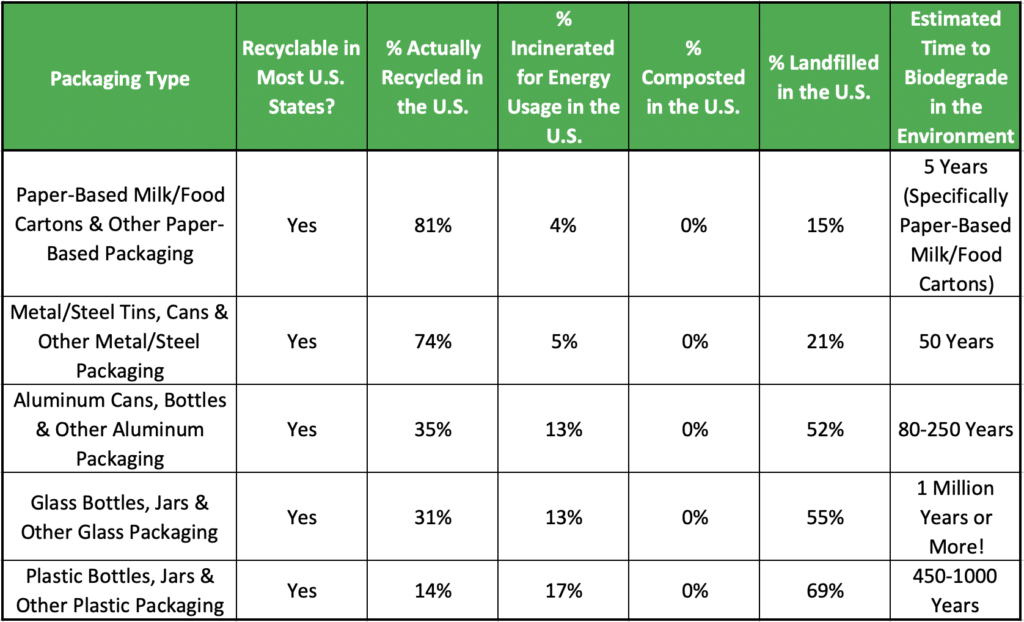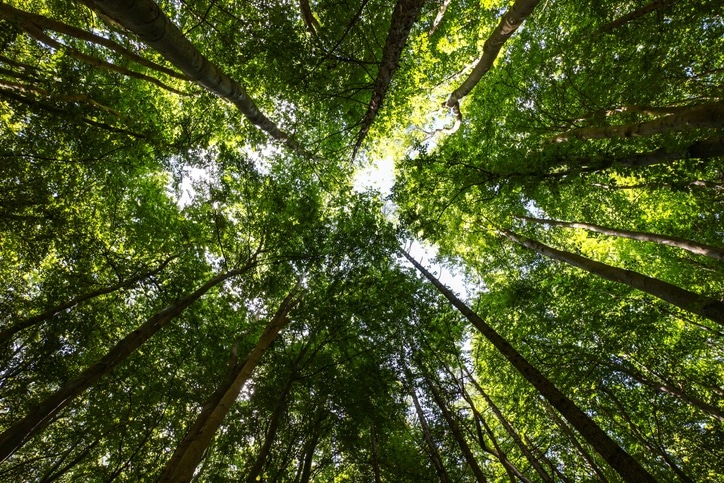
Are Milk Cartons Environmentally Friendly?
In a Nutshell, Yes!
Our “Journey” to Find the Most Environmentally Friendly Packaging
We considered many packaging options along our “journey” to find the most environmentally friendly option that would help our brand become as sustainable as possible. Packaging comprised mostly of paper seemed attractive because it is a sustainable and renewable plant-based resource that biodegrades quickly. The packaging option we chose needed to be widely recyclable in most areas because 54% of all packaging as a whole truly gets recycled. Unfortunately, about 37% of all packaging still ends up in landfills[10]. Therefore, packaging that could biodegrade relatively quickly was essential.
100% Recyclable Packaging
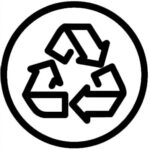
Are Milk Cartons Recyclable?
The resounding answer is YES! Milk cartons/gable top cartons, aseptic cartons, Tetra Paks, juice boxes … all of these paper-based cartons are recyclable. For the sake of simplicity, we refer to our packaging as a “milk carton” or simply a “carton,” even though we obviously do not put milk in our packaging. Milk cartons are recyclable in 49 U.S. States [11]. In addition, we found that most major U.S. cities accept milk cartons and other paper-based cartons for recycling [12]. Our reusable caps and gift boxes are also easily recyclable since they are 100% paper. As you can see from our table above, paper-based packaging is the most recycled form of packaging material.
How Do You Recycle Milk Cartons?
Recycling milk cartons are often as easy as tossing them in your curbside recycling bin. However, some areas may require sorting your cartons into specific curbside containers or other methods. Be sure to check your local recycling requirements. What happens to your empty cartons once you toss them in your recycling bin? A machine called a hydrapulper uses water to break apart the layers of material at one of many pulping facilities across the U.S. The process of recycling cartons is typically no more complex than recycling other materials like aluminum or glass. Every layer, the paperboard, and thin layers of aluminum and plastic film are recycled into new products [13] [14] [15] [16].
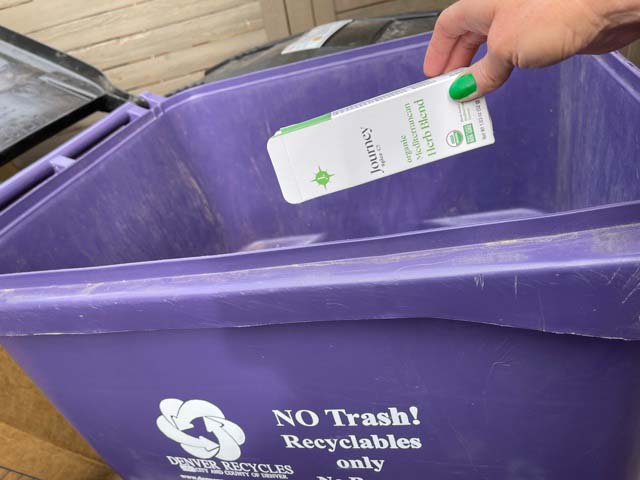
The Value of Recycling Milk Cartons
Examples of valuable items that milk cartons can be recycled into include paper towels, office paper, ceiling tiles, and even eco-friendly building materials [17]. The best part about recycling milk cartons and other paper-based cartons into new items is that fewer virgin materials need to be used to create these new items [18]. Paper-based cartons usually need to be made from virgin materials because the material loses too much strength to be recycled into new cartons [19]. However, the upside of paper-based cartons being of generally weaker material is that they biodegrade substantially faster than stronger materials like glass, plastic, and aluminum.
Milk Cartons Are Biodegradable

Our milk cartons are about 85% paper, a renewable, plant-based resource. Also, our reusable caps and gift boxes are environmentally friendly because they are 100% paper. Since our packaging is largely comprised of paper, a natural, plant-based material, microorganisms can readily break it down in the environment [20]. As you can see from the table above, milk cartons biodegrade in about five years. Most other types of packaging take several decades, centuries, millennia, or more to biodegrade. According to our table sources, our reusable caps and gift boxes, made out of 100% paper, could take less than a year to biodegrade in the environment.
Milk Cartons Have a Low Carbon Footprint
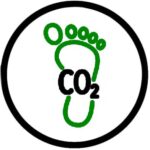
Our lightweight milk cartons weigh 30% less than plastic jars and 89% less than glass jars of similar size. Consequently, there is a significant reduction in greenhouse gas emissions when transporting and shipping finished products to consumers. In addition, as trees grow, they remove large amounts of carbon dioxide (CO2) from the environment. Much of this carbon dioxide remains stored in paper-based packaging when produced. Decomposition of natural products like paper produces some CO2 and methane. However, a good portion of CO2 and methane can be recovered and burned for energy. CO2 and methane is also stored in landfills when considering the 15% of paper-based packaging that ends up in landfills instead of getting recycled or incinerated [21] [22].
Our Packaging Uses Eco-Friendly Packaging Ink

Our cartons, gift boxes, and reusable caps use eco-friendly ink derived from natural sources for printing. Many environmentally friendly benefits like less air pollution, fewer environmental toxins, and a smaller carbon footprint are associated with using eco-friendly ink instead of traditional petroleum-based ink.
Our Milk Cartons Are BPA (Bisphenol A), BPS (Bisphenol S) & PFAS-Free
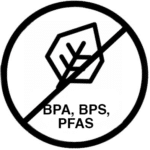
Yes, we know, so many acronyms. BPA and BPS are harmful chemicals often at toxic levels in plastic jars, metal cans, and aluminum cans. Too much exposure to these chemicals may cause an increased risk of developing various forms of cancer and other health issues [23] [24]. Another chemical of concern we have seen bubbling to the surface lately is PFAS due to its potentially negative impacts on health and the environment. Every aspect of our packaging is PFAS-free [25].
Our Cartons Help Maintain Freshness and Quality

Most food products need packaging that is protective against external elements such as moisture and bacteria. In addition, food packaging also needs to be decently airtight as this helps the product maintain quality, freshness, and good shelf life. Spices and seasonings are no exception when it comes to these packaging needs. Therefore, our cartons contain two ultra-thin barriers of plastic and one ultra-thin barrier of aluminum to protect against external elements like moisture and bacteria and help the seasonings remain fresh and flavorful by keeping out light and air.
References:
[1] Our own internet survey of state and city government websites conducted Nov. 11-13, 2021
[3]http://icams.ro/icamsresurse/2010/proceedings/0_Plenary_Lectures_02.pdf
[4]http://storage.neic.org/event/docs/1129/how_long_does_it_take_garbage_to_decompose.pdf
[5] https://www.mass.gov/doc/pocket-guide-to-marine-debris/download
[6] http://www.indiannet.eu/mab/fotky/news/Decomposition.htm
[7] https://www.nps.gov/orgs/1539/learn-about-archeology.htm
[8] https://commercialwaste.trade/how-is-biodegradability-measured/
[9] https://ijrssis.in/upload_papers/17022015125744A24%20IJRSSIS.pdf
[11] https://www.recyclecartons.com
[12] Our own internet survey of state and city government websites conducted Nov. 11-13, 2021
[14] https://www.recyclecartons.com
[15]https://www.sciencedirect.com/science/article/pii/B9780123736239500071
[16]https://www.sciencedirect.com/science/article/pii/B9780128034118000032
[17] https://www.recyclecartons.com
[18] https://www.grangerwasteservices.com/closed-open-recycling/
[19]https://www.sciencedirect.com/science/article/pii/B9780128034118000032
[20] https://www.sciencelearn.org.nz/resources/1537-biodegradability
[23] https://www.livestrong.com/article/259503-the-disadvantages-of-aluminum-cans/

